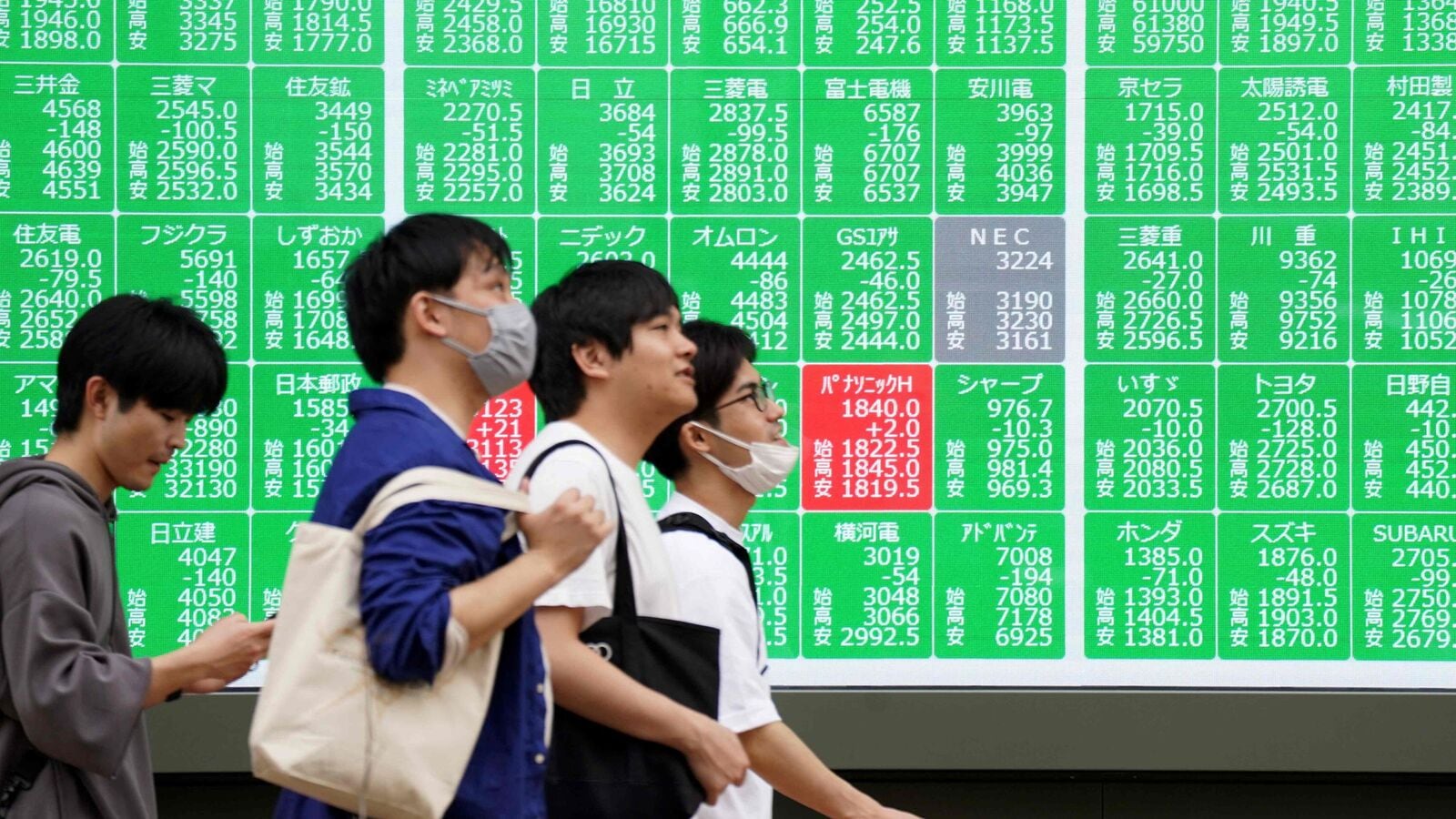The Indian stock market is poised for a challenging start this Tuesday, as the benchmark indices, Sensex and Nifty 50, are anticipated to open on a lower note. This comes amidst a backdrop of mixed signals from global markets, particularly concerns surrounding Donald Trump’s potential reciprocal tariffs. While Asian markets displayed an upward trend, the US stock market concluded with mixed results, with the S&P 500 and Nasdaq Composite experiencing their most significant quarterly declines since 2022.
Key Market Dynamics
As we step into the first week of the new financial year, 2025-2026, investors are keenly observing several factors that could influence market movements. These include:
- Announcements regarding reciprocal tariffs by Donald Trump
- Trends in foreign fund flows
- Domestic and global macroeconomic indicators
- Auto sales figures
- Other pertinent global market cues
It’s worth noting that the Indian stock market was closed on March 31 in observance of Eid-ul-Fitr. The previous trading session on Friday saw the market retreat, primarily due to profit-taking amid weak cues from international markets. The Sensex dropped by 191.51 points, or 0.25%, ending at 77,414.92, while the Nifty 50 declined by 72.60 points, or 0.31%, to close at 23,519.35.
Investor Sentiment
Ajit Mishra, Senior Vice President of Research at Religare Broking Ltd, noted, “Investors are looking for new triggers to make their next move. The ongoing uncertainty regarding tariff negotiations is limiting market potential. A stock-specific trading strategy is advisable during this period. We continue to show preference for banking and financial stocks while being selective in other sectors.”
Global Market Influences
Asian Market Performance
Asian markets showed resilience on Tuesday, buoyed by overnight gains from Wall Street. Japan’s Nikkei rebounded from an eight-month low with a 1% increase, while the Topix surged by 1.34%. South Korea’s Kospi rose 1.03%, and the Kosdaq gained 1.12%. Futures for Hong Kong’s Hang Seng index also indicated a robust opening.
Wall Street Highlights
The US stock market wrapped up on a mixed note on Monday, reflecting uncertainty surrounding President Trump’s economic policies. The Dow Jones Industrial Average climbed 417.86 points, or 1%, to reach 42,001.76. Meanwhile, the S&P 500 added 30.91 points, or 0.55%, settling at 5,611.85, while the Nasdaq Composite fell by 23.70 points, or 0.14%, to close at 17,299.29.
In terms of quarterly performance, the S&P 500 saw a decline of 4.6%, the Nasdaq Composite dropped by 10.5%, and the Dow Jones slipped 1.3%. Notably, Tesla shares fell by 1.67%, while Apple shares rose by 1.94%.
Additional Economic Factors
Federal Reserve Insights
John Williams, President of the New York Federal Reserve, indicated that there is no immediate forecast for changes in interest rates, suggesting that maintaining the current rates will allow policymakers to evaluate incoming data effectively.
Global Tensions
The Kremlin announced ongoing discussions between Russia and the US regarding a potential peace settlement in Ukraine. Trump expressed disappointment in Vladimir Putin but highlighted ongoing progress in negotiations.
Business Sentiment in Japan
Recent reports indicate a decline in business sentiment among major Japanese manufacturers, with the confidence index dipping to 12 in March from 14 in December.
Currency and Commodity Updates
The US dollar remained steady, with the index slightly down by 0.09% at 104.09. Meanwhile, gold prices reached a record high of $3,134.04 per ounce, driven by concerns over inflation due to potential tariffs. In contrast, crude oil prices fell slightly amid fears that escalating trade tensions could hinder global growth, with Brent crude settling at $74.67 a barrel.
As investors navigate these complex dynamics, staying informed and adaptable remains crucial for capitalizing on emerging opportunities in the stock market.











